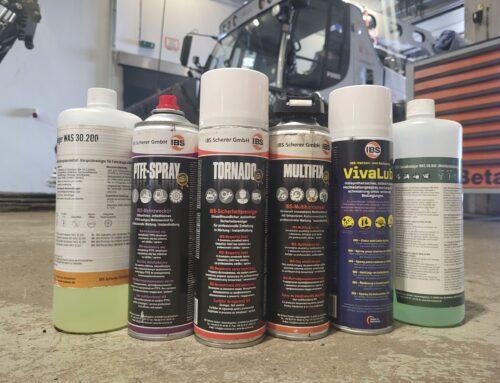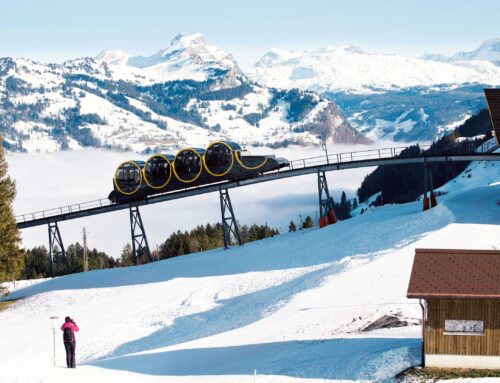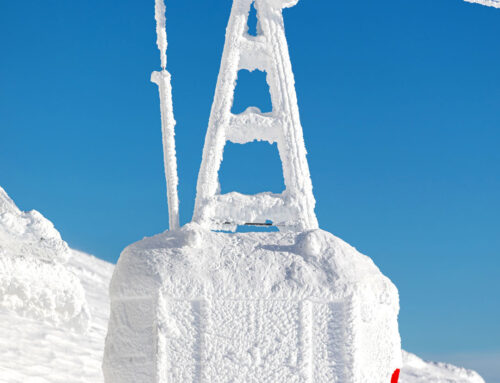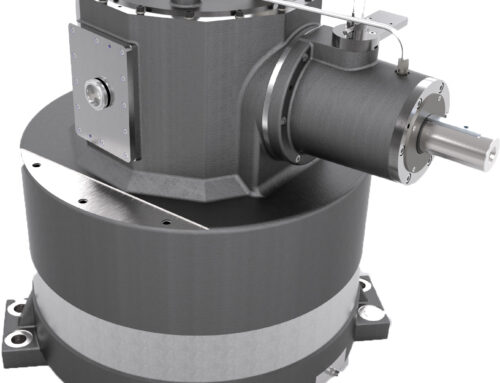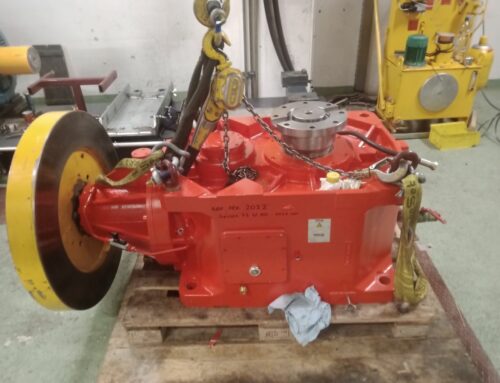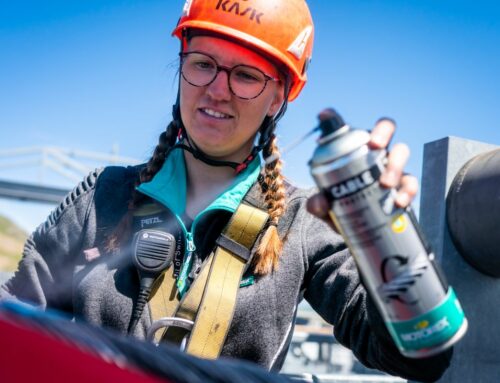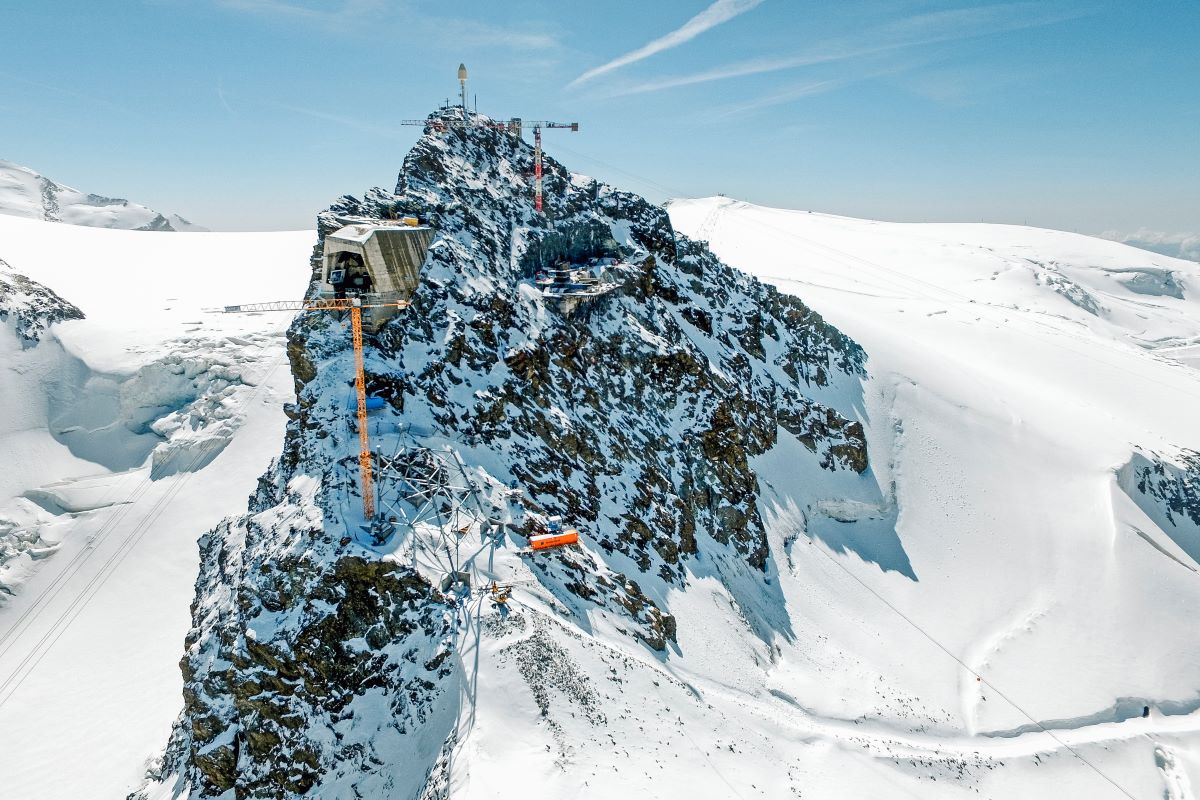
Maintenance & Service
Recycled concrete: a storage for CO2?
Concrete is one of the most important building materials of our time—not just for the cable car industry. Global concrete production is estimated at 30 billion tons per year. In theory, that could cover all of Austria with a 15-centimeter-thick layer of concrete.
Given these volumes, it is crucial to save resources by reusing old concrete.
Construction waste (from demolished concrete, building rubble, or masonry) is processed, and the recycled aggregates can then be used to produce new concrete, resulting in recycled concrete.
Disadvantages can be offset
However, recycled concrete has inferior mechanical properties compared to conventional concrete made with natural aggregates.
Experiments show that this drawback can be addressed—using a strategy that brings an additional major advantage: the properties of recycled concrete can be improved by storing CO2 in the recycled aggregates.
The CO2 is then converted into limestone, strengthening the material and remaining permanently stored in the recycled concrete. TU Vienna is working intensively on this topic in cooperation with the Austrian concrete industry as part of the UP!crete industry project of the ecoplus Bau.Energie.Umwelt Cluster Lower Austria.

Ildiko Merta
Professor at the Institute of Materials Technology, Building Physics, and Building Ecology, TU Vienna
“Not all concrete is the same: while it’s simpler to use indoors, outdoor concrete must withstand moisture and temperature fluctuations, and in the cable car sector, it also needs to resist frost and de-icing salts. Since recycled concrete is naturally more porous than conventional concrete, it could be ideal for building cable car stations and support foundations. So far—at least in Austria—it is not yet approved for this use, but our ongoing research aims to change that. For interior construction and frost-resistant outdoor areas, cable car operators can already use recycled concrete, albeit only up to a maximum of 50%.”
Limited recycling
“Concrete basically has three main components: aggregate—such as sand, gravel, or crushed stone—cement, and water,” explains Prof. Ildiko Merta from the Institute of Materials Technology, Building Physics, and Building Ecology.
The scientific lead of the UP!crete research project emphasizes: “The type of aggregates used in concrete has a decisive influence on its properties, such as strength and durability.” Part of the natural aggregates can be replaced with recycled aggregates—for example, construction waste from demolished concrete buildings.
The problem, however, is that recycled aggregates are highly porous; they are not as dense as natural stone and absorb significantly more water. The strength and durability of concrete decrease considerably if too high a proportion of recycled aggregates is used in its production.
“Current national standards allow a maximum addition of 50 percent,” says Ildiko Merta. “Our goal, however, would be a recycling rate of 80 percent or even higher, since construction waste is generally available in large quantities.”
Would recycled concrete also be of interest for the cable car industry?
In frost conditions, the material – at least in Austria – is not yet approved; in other areas, its use is permitted.

High-performance concrete types
TU Vienna has conducted extensive experiments and developed various recycled concrete formulations. Different measures can improve the properties of the concrete—such as coating techniques, the addition of additives, or special mechanical processing of the aggregates. This results in high-performance recycled concrete types suitable for diverse applications.
Concrete as a CO2 sink
Significant success has been achieved using CO2: “Carbon dioxide is injected into recycled aggregates. Carbonation occurs, a chemical reaction that converts the gaseous CO2 into limestone—similar to the lime deposits you see in bathrooms when water contains a lot of calcium,” says Ildiko Merta.
In this way, carbon that would otherwise harm the climate as CO2 in the atmosphere is stored for long periods.
With the methods developed and tested at TU Vienna, builders can achieve two major benefits simultaneously: on one hand, the proportion of recycled material used can be increased while improving concrete quality; on the other hand, it also benefits the climate by permanently removing carbon from the atmosphere.
A victory against strong competition:
The research project UP!crete won the Lower Austria Clusterland Award 2024. The team was able to prevail against strong competition from twelve projects.
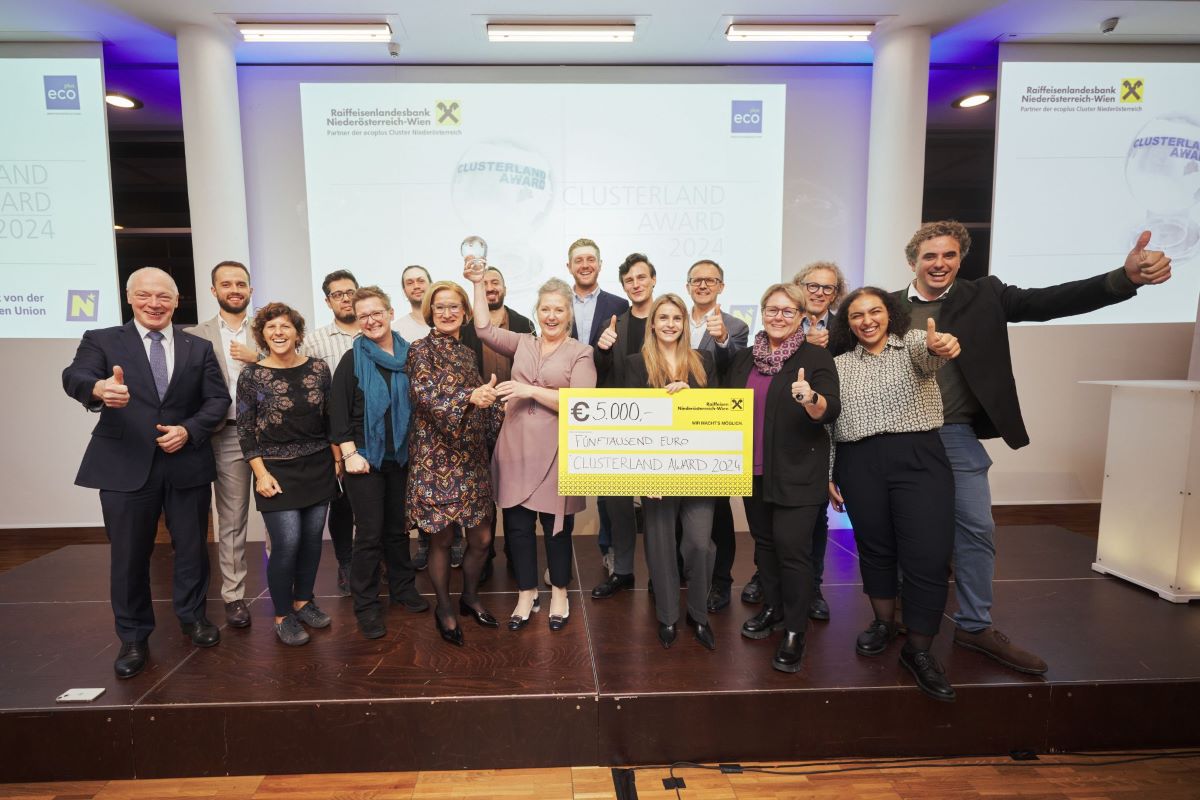
Not just in the laboratory
In her research, Ildiko Merta places great emphasis on developing technically optimal and economically attractive methods in collaboration with industry—methods that are applicable not only in the laboratory but also on a large industrial scale.
“The efficiency of carbonation depends on many parameters, such as pressure, temperature, humidity, or CO2 concentration. However, the optimal conditions are not necessarily those that can be achieved in industrial processes with reasonable effort. Therefore, it is essential to carefully consider which methods are not only technically feasible but also realistic and efficiently implementable for industry,” says Ildiko Merta.
UP!crete is funded by the FFG Basic Program Collective Research with resources from the BMK and co-financed by project partners.

